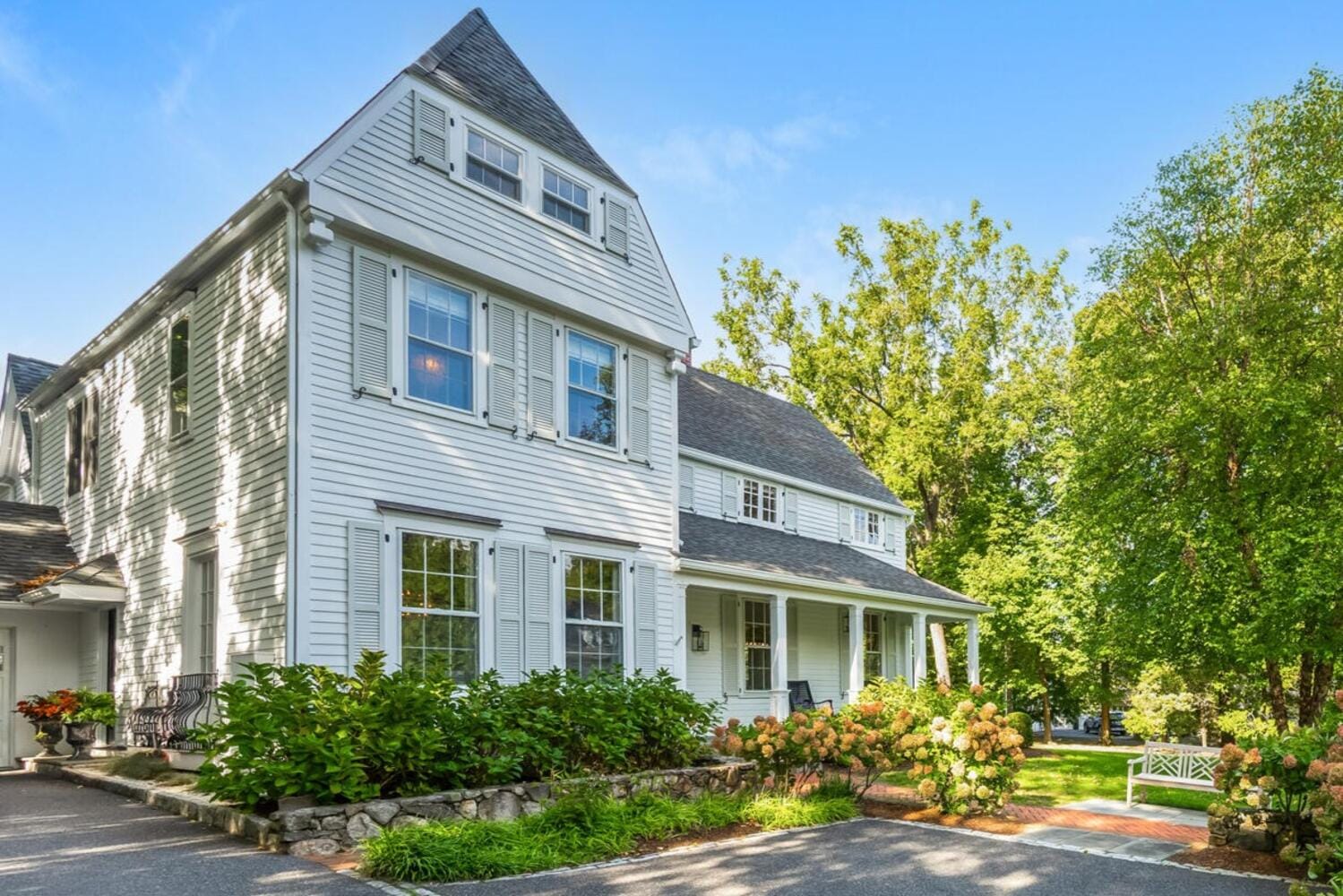On A Storied Street in Darien Lives A Home with Artistic Heritage
Tucked into the heart of Darien, Prospect Avenue stands as a testament to the seamless blend of history and modernity. As the town’s first subdivision, this picturesque street was the brainchild of Melville Mead, a 19th-century insurance broker turned developer with a vision. Arriving from Manhattan at the close of the Civil War, Mead saw opportunity in Darien’s rolling landscapes, newly accessible by railroad to New York’s bustling trade hubs. Purchasing land from the Mather brothers, he christened the street “Prospect” for its sweeping vistas, aiming to craft a neighborhood that would draw Darien’s most esteemed residents.
What makes Prospect Avenue remarkable today is its enduring architectural tapestry. The street is a living gallery of late 19th-century styles—Italianate, Vernacular, Second Empire, Neoclassical, and Queen Anne—each being thoughtfully updated by generations of owners who cherish its historical charm. These homes are more than structures; they are stories, woven into the fabric of Darien’s cultural and artistic legacy.
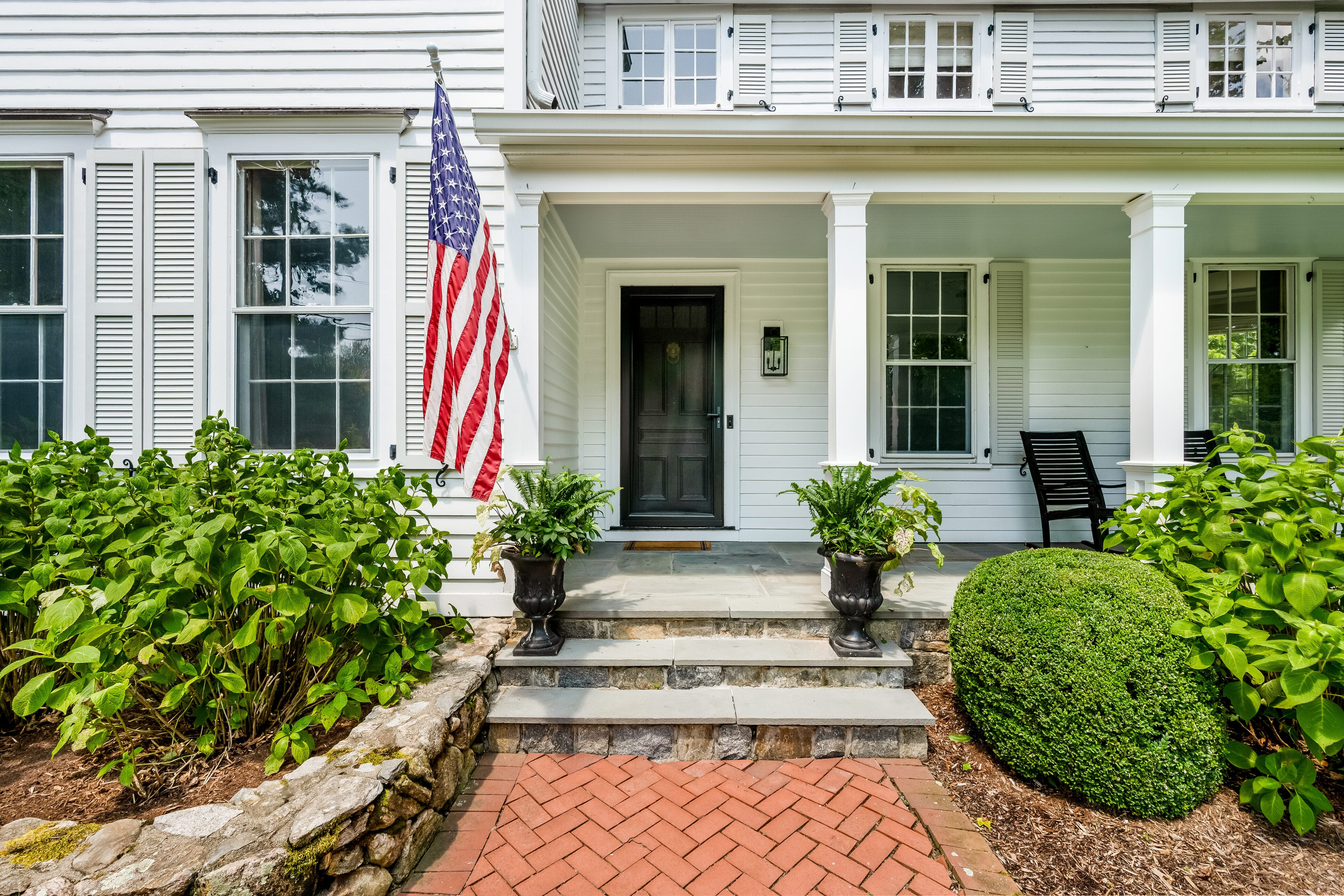
A Gothic Gem at 10 Prospect Avenue
Among the street’s treasures is 10 Prospect Avenue, a striking Gothic Revival home built in 1875. Its polychromatic chimneys, sawtooth trim and stick-work porch hint at the creative individuals who have called it home. In the 1920s and 30s, the house was a haven for artist Leon Carroll, a key figure in Darien’s modernist art scene and a founding member of the Guild of the Seven Arts. Known for his vibrant floral paintings, Carroll shared the home with his mother and fellow artist Major Felton, whose posters and book illustrations earned him acclaim. The duo maintained ties to New York City’s art world, and records suggest part of the property served as a business office, possibly doubling as a studio where their creativity flourished.
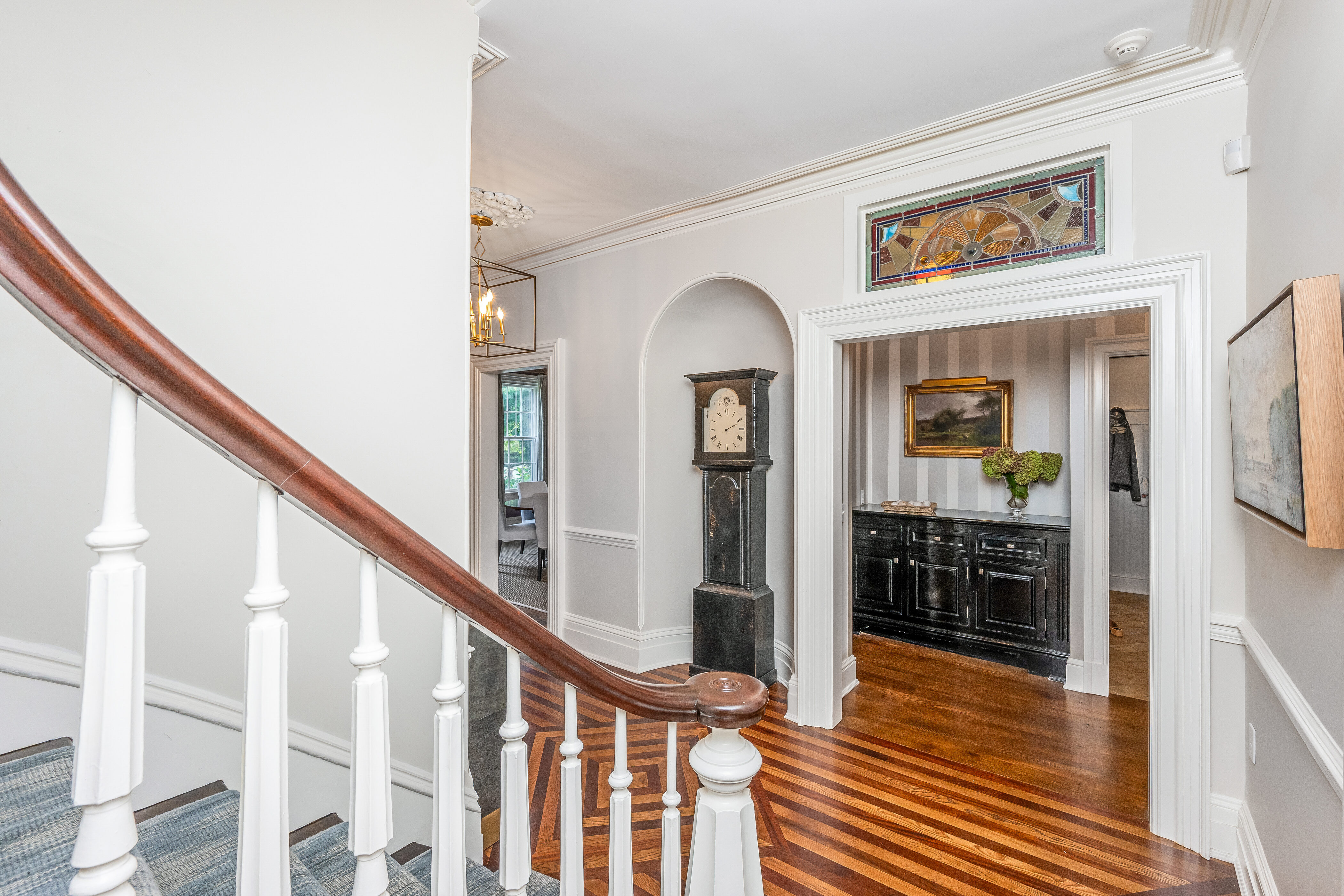
In the 1930s, the home welcomed another artist, Howard Weld, whose work left an indelible mark on American art. A Chicago native who lived in Darien until the 1950s, Weld contributed to the Federal Art Project, a New Deal initiative under President Franklin D. Roosevelt aimed at defining a national aesthetic. Weld’s nearly 20 contributions to the Index of American Design—watercolor renderings of folk and decorative art, from Shaker furniture to carved circus figurines—captured the essence of American craftsmanship from the Colonial era to 1900. His time at 10 Prospect Avenue cemented its reputation as a hub of artistic innovation.
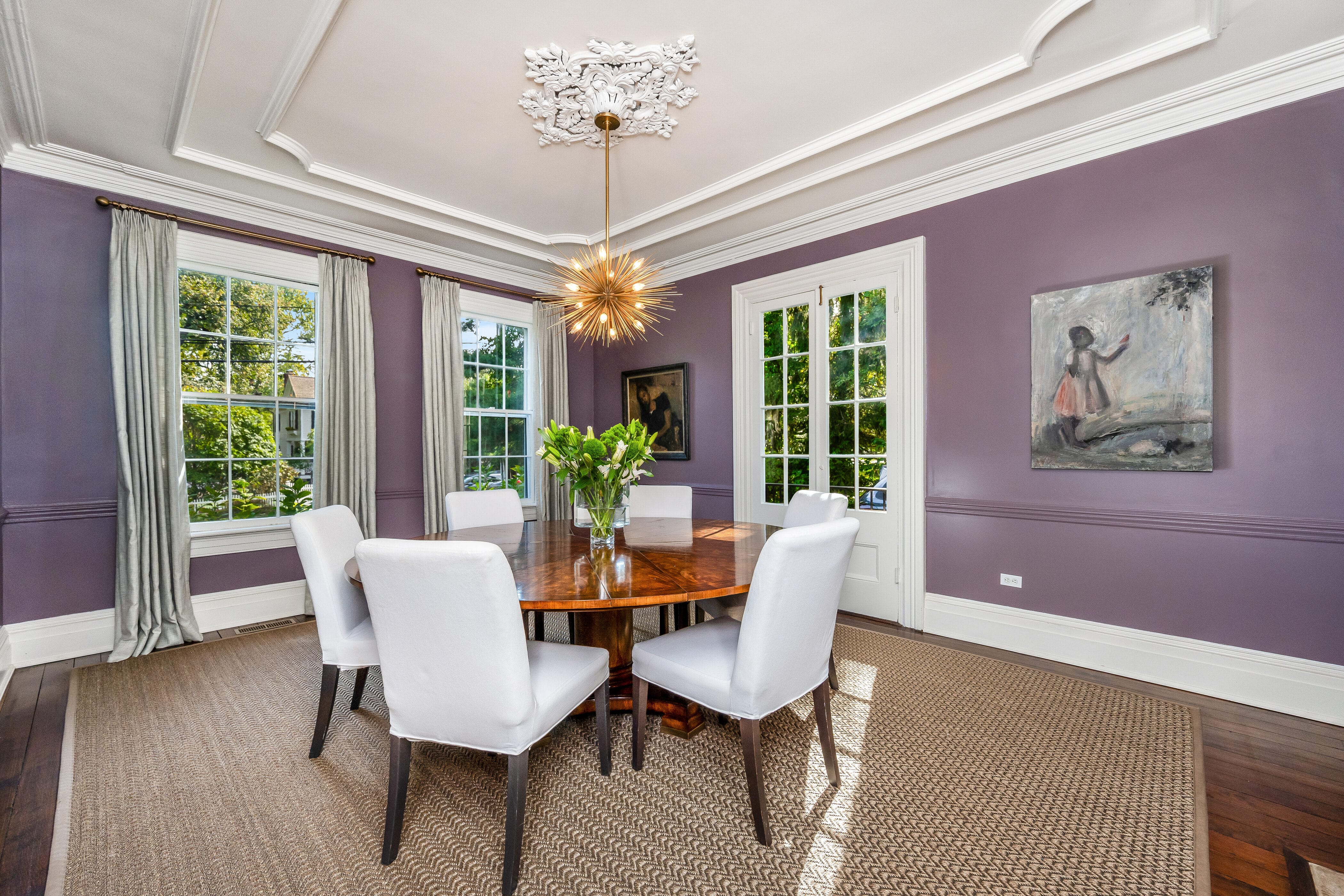
By the 1950s, the home passed to Howard Cady, a literary editor whose 50-year career shaped the autobiographies of icons like Rex Harrison, Bette Davis, Sophia Loren, and Desi Arnaz. Cady’s daughter, an artist herself, continued the home’s creative legacy. With her parents’ support, she transformed a backyard shed into a studio, spending her college summers teaching art to local children. Now an active painter in Vermont, she carries forward the artistic spirit that has long defined 10 Prospect Avenue.
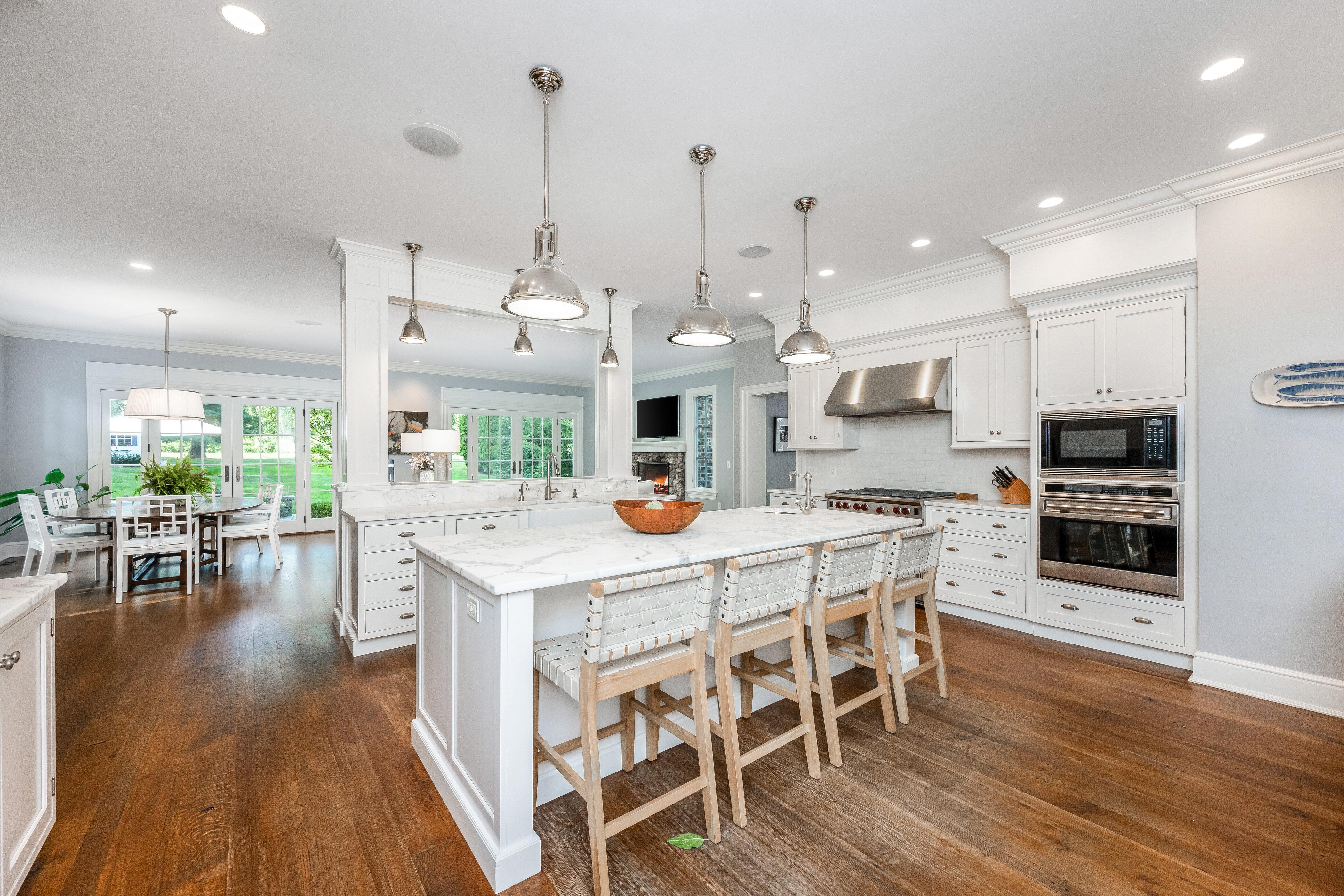
A Street of Stories
Today, Prospect Avenue is more than a collection of beautiful homes; it’s a living narrative of Darien’s evolution. From Melville Mead’s visionary subdivision to the artists and editors who infused 10 Prospect Avenue with creative energy, the street embodies a dialogue between past and present. Each home, lovingly maintained and thoughtfully modernized, invites us to appreciate the artistry of architecture and the enduring power of community. Prospect Avenue offers a glimpse into a time when visionaries like Mead saw not just land, but possibility—and a chance to build a legacy that endures.
Embrace the opportunity to live on this storied street and be a part of 10 Prospect Avenue’s vibrant history and the street’s enduring legacy. Now for sale, see more of this special listing, exclusively presented by Julie Hancock with Houlihan Lawrence in Darien.

Julie Hancock
Real Estate Salesperson
Darien Brokerage
O (203) 219-2314 jhancock@houlihanlawrence.com View Website